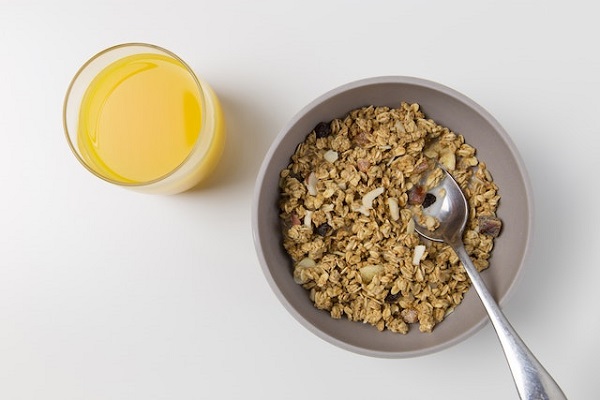Words: Team THINKWELLNESS360
Oats have a certain magic, especially with people who love them for their morning fill. They are low in calories, high in fibre and protein. They’re a rich source of magnesium, potassium, zinc, copper, manganese, selenium, thiamine, and pantothenic acid. You name it. They also contain phytonutrients, or nutraceuticals, such as polyphenols, phytoestrogens, lignins, protease inhibitors, and vitamin E.
Well, the extent of protection against disease offered by oats and other whole grains is greater than that of any of their ingredients taken in isolation. In addition to their power to reduce disease and extend your health span, oats are a formidable super food for practical reasons: they’re inexpensive, readily available, and unbelievably easy to integrate into your life. Oatmeal is on virtually every menu of every restaurant serving breakfast in several countries, and if you only remember to eat a bowl of oats regularly, you’ll be on your way to better health and optimal well-being.
Oats are an excellent source of the complex carbohydrates that your body requires to sustain energy. They have twice as much protein as brown rice. They’re also a rich source of thiamine, iron, and selenium, and show promise as an aid to reducing heart disease and cancer.
Superfood
As Dr Steven G Pratt, MD, father of the ‘SuperFoods’ movement, and author of a bestselling book by the same name, notes, “It’s the cholesterol-lowering power of oats that drew the most attention to this humble grain. The specific fibre — beta glucan — in oats is the soluble fibre that seems responsible for this benefit. Study after study has shown that in individuals with high cholesterol [above 220mg/dl], consuming just 3gm of soluble oat fibre per day — or, roughly the amount in a bowl of oatmeal — can lower total cholesterol by 8-23 per cent. Given that each 1 per cent drop in serum cholesterol translates to a 2 per cent decrease in the risk of developing heart disease, this is a significant effect.”
The beneficial effect of oats on blood sugar levels, as Dr Pratt adds, was first reported in 1913. In recent years, research has uncovered certain mechanisms that make oats so effective. The same soluble fibre that reduces cholesterol — beta glucan — also seems to benefit individuals that suffer from type-2 diabetes. People who eat oatmeal, or oat bran-rich foods, experience lower spikes in their blood sugar levels than they could get with white rice, or white bread. How this happens? The soluble fibres slow the rate at which food leaves the stomach and delays the absorption of glucose following a meal. As stabilising blood sugar is the goal of anyone with diabetes — this is obviously an extremely beneficial effect.
Study Findings
A recent study has found that a low intake of cereal fibre to be in reverse associated with a risk for diabetes. The study observes, “The findings suggest that grains should be consumed in a minimally refined form to reduce the incidence of diabetes mellitus.” This same study has also looked at the role of various foods in connection with diabetes. It found a significant opposite association with cold breakfast cereals and yogurt and, not surprisingly, a significant positive association with colas, white bread, white rice, French fries, and cooked potatoes. “The more you eat of the latter, the greater your risk for diabetes.”
In addition to the power of oat fibre, researchers, as Dr Pratt observes, have been excited to learn more about the phytonutrients in grains and how they help prevent disease. The germ and bran of oats contain a concentrated amount of phytonutrients, including caffeic acid and ferulic acid. Ferulic acid has been the focal point of current research, thanks to its ability to prevent colon cancer in clinical studies. Ferulic acid has also been found to be a potent antioxidant able to ‘hunt’ free radicals and protect against oxidative damage. It is also suggested to hamper the growth of certain cancer-promoting compounds.

